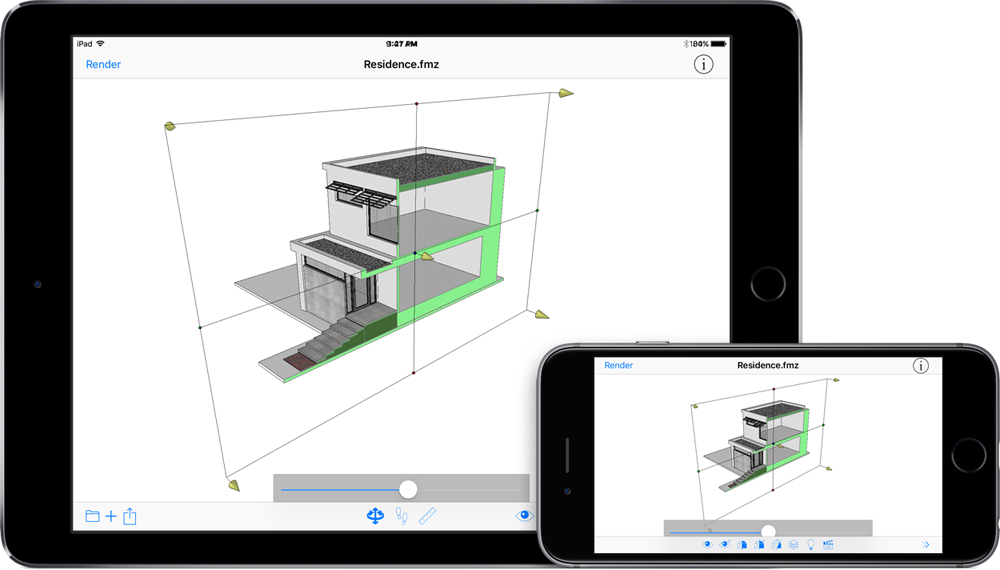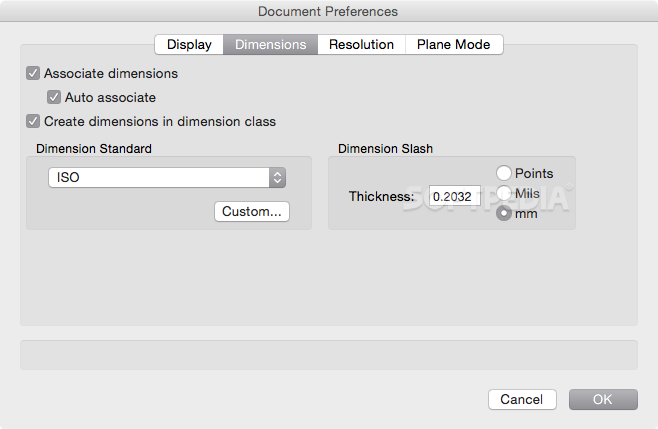

Energy calculations have been required in states like California for years and in Europe many countries are requiring all new construction to meet high standards of energy performance. Saving energy is the hot topic these days. When we look at new features we have to look at those that are really new features not just changes or improvements to the existing program. Next step after that is that we don’t even have to build it just let the occupants imagine that it exists and interact virtually. The next step is the use of visualization goggles to let the viewer immerse himself in our architecture before it’s built. Can we now combine our BIM model with real world scanned buildings and environments? Yes.
#VECTORWORKS VIEWER 2016 SOFTWARE#
With Vectorworks 2016 and most other BIM software the virtual walkthrough has been around for a while and as the software gets better so does the virtuality of the walkthrough. Please enable JavaScript if you would like to comment on this blog.The important thing to keep in mind is that the industry is going more and more virtual. Molecular visualization is still alive in the lab. You can reach us at or in the forum dedicated to this technology preview on the Autodesk Labs site. We are eager to hear from scientists regarding what our technology brings to the table. Layered on an extensible web-based visualization framework optimized for large 3D models and data, the Molecule Viewer streams in and visualizes translated data from the RCSB Protein Data Bank directly in the browser.Īutodesk Senior Research Scientist, Merry Wang, is the champion behind the technology preview from our Bio/nano group in the Office of the CTO. The Autodesk Research Molecule Viewer and its visualization platform are designed to leverage cloud capabilities to overcome limitations of scalability, capability, accessibility, collaboration, and outreach for biological datasets. To quote Steve Martin, "Hey, let's get small."ģD visualization of large and multi-scale biological data, from macro-molecular structures to whole organisms, is integral to building predictive models for biomedical research however, existing industry standard desktop, plug-in, and web-based applications can easily push beyond the limits of advanced processing and rendering. We now have a technology preview on Autodesk Labs where we leverage that viewing technology for a different industry. It is normally used for buildings and mechanical parts. As part of serving those industries, we have developed a "large model viewing" technology that is associated with our cloud offerings. In the process, we are leading the shift in the industries we serve to cloud-based technologies and business models.

Historically, Autodesk has served three industries:


 0 kommentar(er)
0 kommentar(er)
